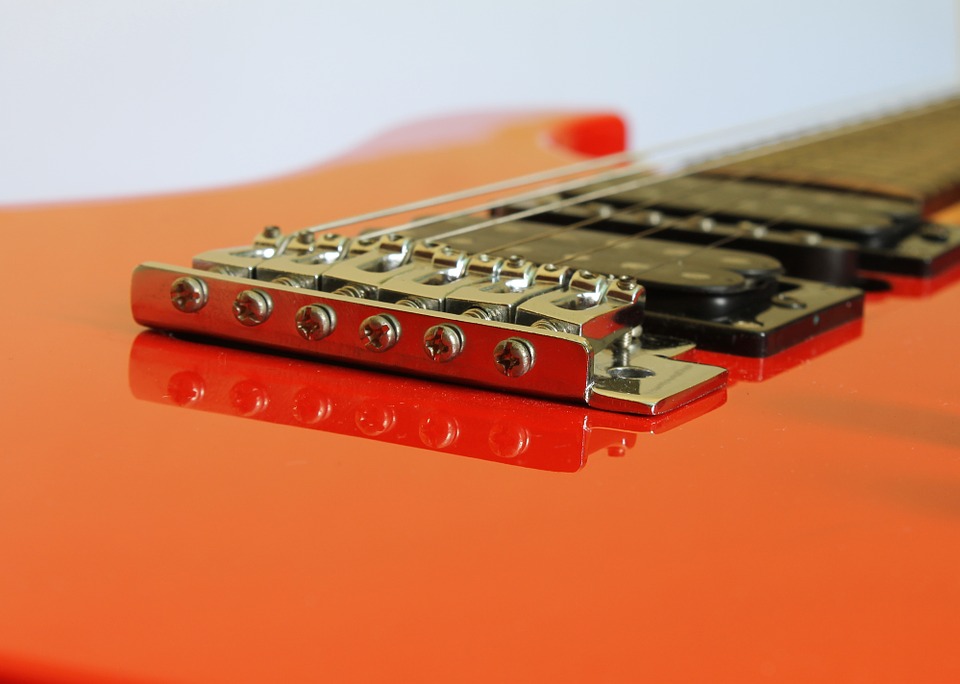- You are here:
- Home »
- Blog
- » A Guide to Guitar Bridge

A Guide to Guitar Bridge
The installation and removal of Guitar bridge posts can be a daunting task for most beginners, but this shouldn’t be an issue, if you really know what you are doing. Remember that tuning your guitar bridge can help you create a much better sound and keep your guitar components such as the strings in check. The main steps involved in the installation of guitar bridge posts are;
- Gathering of your tools and materials,
- Assembling of the thread cylinder,
- Preparing the pipe , and
- Final assembling
Gathering of tools and materials
You will need several tools and materials for different purposes, these are;
▪ a screw driver for slotted head - this screw driver should have a shorter tip and a handle.
▪ Three M4 metric of 6-32 imperial thread screws- these are hollow screws , with a thread on the outside, and this can be screwed into the wooden body of the guitar , and it also comes with a thread located on the outside that can accept the screws.
▪ A plastic or metal pipe- You need to ensure that the inner diameter is as large or even larger than the outer diameter of the guitar thread screws.
▪ Saw- In case you are using a metal tube , the blade you choose must be suitable for the sawing tool, a wooden saw, for instance can be ideal for the plastic tube, but make sure the blade is not too coarse , otherwise, it may end up developing a rough edge.
▪ Slotted heads or screw drivers.
Other items you will need for this purpose include; File, Sandpaper, Epoxy putty, Epoxy resin, M4 treaded screw, and a washer that can fit the screws.
Assembling of the thread cylinder
Assembling the threaded cylinder is the first step you must take here, simply put the washer on the screw and then screw in the thread-screws. Make sure there is a slot to screw the threaded screws into the guitar wood. Once this is set, simply take some epoxy and apply it to the outer thread , and then take the screw driver and insert it into the slot and then put some epoxy or putty on both sides of the tip , in order to create a tight plug that can shoot in the inner thread. Leave the putty on the screw driver to harden and set on one side.
Now that the putty is hardened, you need to file and sand off all the excess materials, therefore you must file and sand until the outer thread has been filled, so that an even cylinder is created.
Prepare your pipe
Connect the screw driver with the threaded cylinder, and if you do this step properly, then the extra putty you put on the tip of the screw driver should be able to seal the inner thread. Now you must measure the length of the tool that must be inserted through the pipe, then cut the pipe to the exact length of the tool. If a screw driver with a long neck is chosen, you can choose a shorter pipe piece to ensure that the same length is achieved.
Once the pipe has been cut, then file and sand the edges, until they are even and smooth. Assemble the whole items and make sure they fit. Insert the bridge post threaded cylinder from one end, and then the screw driver from the other end. At this stage, the tip of the screw driver should fit perfectly fit into the slot located at the other end of the threaded barrel. You need to make sure that everything fits perfectly, of not, you may have to re-take some of the steps until the perfect fit is ensured.
Final assembling
Final assembly of the guitar bridge post should be simple to handle. All you have to do at this stage is to remove the screw driver and the cylinder from the pipe. Make sure you prepare some fresh epoxy resin by following instructions on the package, and pour some in the inside of the pipe- be careful with this procedure as you want the resin to stick to the walls of the pipe. Insert the screw driver once again and make sure the end of the handle is closely tight to the end of the pipe. Add some more resin at the open end at the top, and make sure it is evenly distributed inside the length of the pipe. Slide the cylinder a little until the slot is able to latch into the tip of the screw driver.
With this, the resin will flow down through the inner walls of the bridge post and it will be able to connect the threaded cylinder with the tip of the screw driver with the pipe. Simply allow the resin to harden before you unscrew the screw located on the threaded cylinder. Make sure the surface of the bridge post is even, while the putty resin has been sand-filed to ensure a flat surface.
With these steps, you have now completed the guitar bridge post tool and now you can use it with your guitar.
How to use your new guitar bridge post tool
To use your new bridge post tool, you need to un-string your guitar instrument, then screw the bridge tool into the bridge post until it gets into the knurled nut and make sure no accidents occurs while you do this. Then screw the nut of the guitar against the bridge post tool that you created in steps 1-5. Hold these two together tightly, and by now you should be able to remove or install the bridge post by using the screwdriver to create a contraption.
